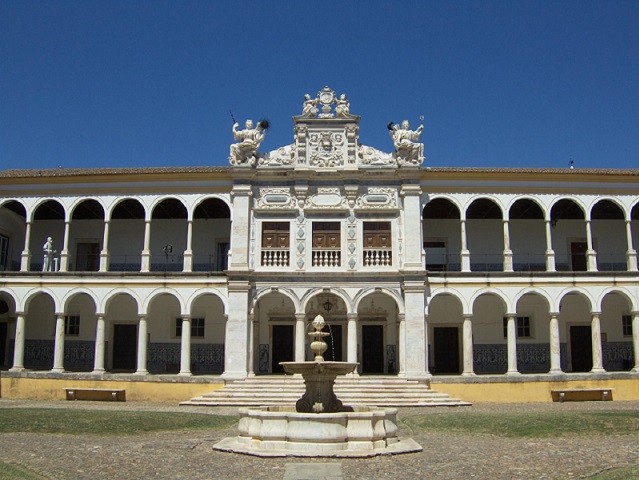The cultural heritage challenges a sustainable future
Buildings and the construction sector are responsible for over one-third of global final energy consumption and nearly 40% of total direct and indirect CO2 emissions. This percentage alone is enough to account the sector on the priority list of the European Union, which aims at being the first climate-neutral continent by 2050. The European Green Deal, a growth strategy launched by the EU Commission at the end of 2019, considers the renovation of both public and private buildings as an essential measure in this context. Nevertheless, a crucial point is missing in this plan: the words “heritage”, “art”, “culture” and “landscape” do not appear in this document. The issue was raised by the recently published European Cultural Heritage Green Paper. The authors are Europa Nostra, an NGO committed to Europe’s natural and cultural heritage, and International Council on Monuments and Sites (ICOMOS). The document was supported by the European Investment Bank Institute and the Creative Europe programme of the European Union. These institutions invited policymakers, heritage administrators and organisations, climate scientists, and environmental professionals, to join forces in putting the cultural heritage “at the heart of the European Green Deal”. One of the experts of the Green Paper’s advisory group is Antonia Gravagnuolo, a researcher at the National Research Council in Napoli, Italy, and coordinator of the EU projects CLIC and Be.CULTOUR. She stresses the fact that the historic buildings and sites represent a significant share of all existing buildings in Europe. Under the Green Deal, the European Union launched a Renovation Wave Strategy that will address 35 million buildings by 2030 and create up to 160,000 additional green jobs in the construction sector. In this context, according to Gravagnuolo, it will paramount to applying the circular economy principles as stated in the Green Paper: “Heritage conservation is the antithesis to the consumer society ethos of single-use disposability. It fights for the repair, use and reuse of existing buildings, landscapes, knowledge, and resources.” This will reduce the ecological footprint and the environmental costs of demolition and construction. “The renovation of the historic buildings can be feasible in terms of costs and energy savings, if we approach it in a longer-term life-cycle perspective. The investments required for the upgrade and retrofit of the historic buildings absolutely need public and private sector cooperation, and the engagement of the present and future generations. The mindset of the current self-centric organisation of society should switch to a ‘we-centric perspective’, in which the synergy between people and nature is central,” considers Gravagnuolo. An ambitious attempt to supply a historic town with green energy is rolling out in Évora, a medium-sized city in Alentejo, Portugal, which was included on the World Heritage sites since 1986. Historic buildings are bound by UNESCO to preserve their original look and maintain the same materials of the facades and roofs. Their transformation into energy efficient edifices is one of the most challenging tasks of the EU project POCYTIF, which is committed to involve cities with heritage sites in Europe’s renewable energy transition. “We are not allowed to install the standard photovoltaic panels available on the market. All buildings, historic or residential, have the same restrictions,” explains Nuno Bilo, mechanical engineer at the Évora City Council. Read the full article on: https://pocityf.eu/news/the-cultural-heritage-challenges-a-sustainable-future/(opens in new window)



